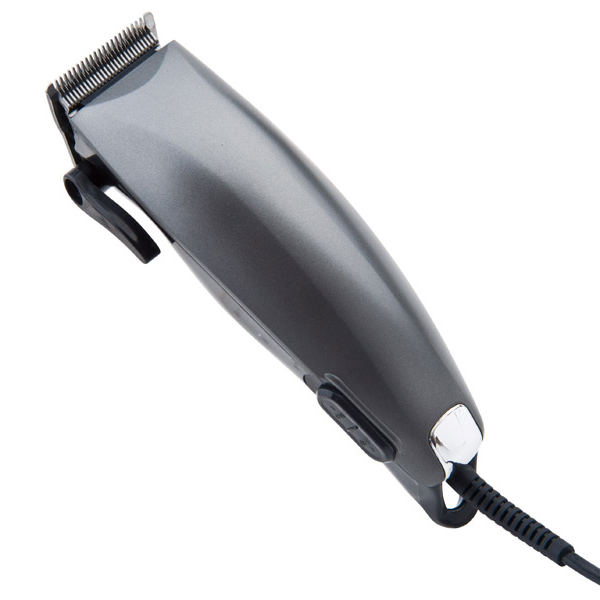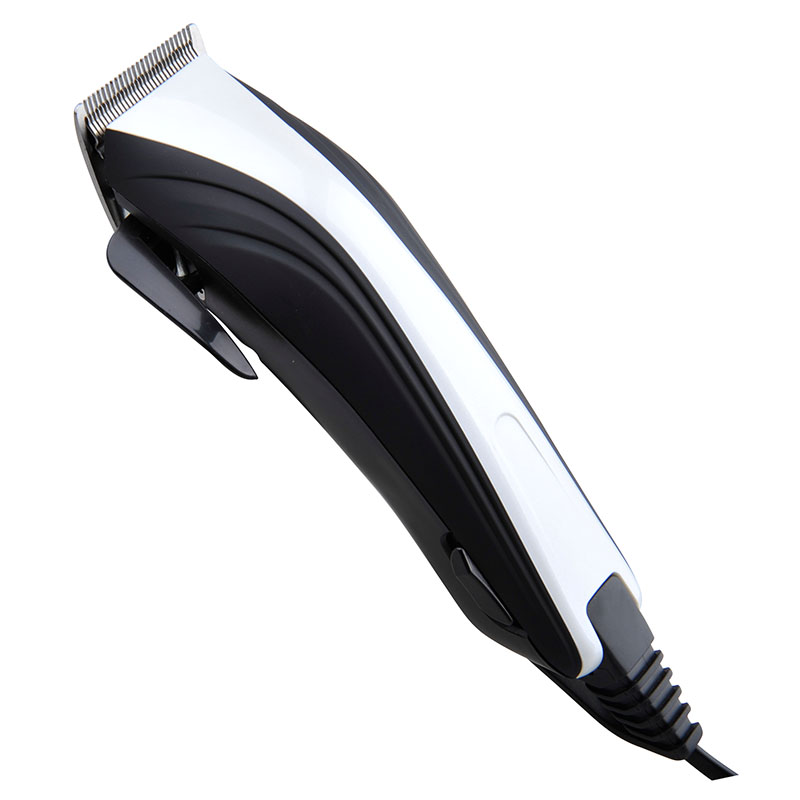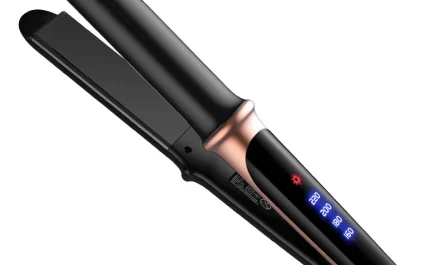Understanding the Mechanism of Hair Clippers
Hair clippers are essential tools for barbers and hairstylists, designed to cut and shape hair with precision. One of the most significant features found on many hair clippers is the lever. But what does the lever do on hair clippers? The answer is more intricate than it may initially appear. This article will explore this question in great detail, delving into the technical workings of the lever, its practical applications, and how it enhances the overall hair clipping experience.
What Is the Lever on Hair Clippers?
The lever on hair clippers is often located on the side of the clipper’s body. It typically moves in a back-and-forth motion and can be adjusted to different positions. Its primary function is to change the blade’s cutting length, allowing the user to achieve varied hair lengths and styles with a single clipper.
The Construction of the Lever
The lever is usually made of durable plastic or metal and is attached to a mechanism within the clipper. When you adjust the lever, it influences the blade’s angle and distance from the clipper’s comb or guard. This adjustment mechanism modifies the distance between the cutting edge of the blade and the hair being cut, thereby achieving different hair lengths.
Types of Blades
Different types of blades are fitted to hair clippers, usually featuring either a fixed or adjustable guard. The lever interacts primarily with the adjustable guard, allowing for versatility in trimming and styling hair.
How Does the Lever Work?
To understand what the lever does on hair clippers, it’s crucial to delve into its mechanics. The lever controls the blade’s position, allowing it to be closer or further away from the comb. When the lever is pushed up, the blade is positioned higher, thus cutting hair shorter. Conversely, pulling the lever down moves the blade back, enabling longer cuts.
Adjusting Hair Length
The lever’s adjustability makes it easier to perform various looks and styles with precision. With just a flick of the lever, barbers can go from a tight fade to a longer length, facilitating seamless transitions in styles without changing guards or attachments.
The Purpose of Gradation
One of the key advantages of having a lever is the gradation of hair lengths it provides. The graduated lengths enabled by the lever facilitate techniques such as blending and fading, techniques that are pivotal in modern hairstyling. The ability to variably cut hair without having to switch materials makes the hair-cutting process more efficient.
Practical Applications of the Lever
The lever has numerous practical applications that extend beyond simple length adjustments. Each technique a barber employs benefits significantly from the lever’s functionality.
1. Blending Techniques
One of the most sought-after skills in hairstyling is the ability to blend different hair lengths. Blend cuts can seamlessly transition from longer hair on top to shorter sides, creating a polished and professional look. The lever makes it easier to achieve this by allowing barbers to make real-time adjustments while cutting.
2. Fading Styles
Fades are a popular choice, especially among men. By using the lever effectively, barbers can create a smooth gradient where hair transitions from short to long. This effect is easier to achieve than it might seem; the lever allows barbers to make nuanced adjustments without needing to stop and change guards.
3. Customization
Thanks to the lever, the hair-cutting experience is much more customizable. Every head of hair is unique, and the lever allows for personalized cuts tailored to an individual’s hair type and style preferences.
4. Speed and Efficiency
The ability to switch lengths quickly saves valuable time during the haircutting process. Instead of rummaging through various attachments, barbers can maintain their workflow, using the lever to adapt effortlessly to the changing needs of their clients.
5. Layering Techniques
The lever also comes in handy for layering techniques. By adjusting the lever, stylists can create layers of various lengths that frame the face or add volume. A little adjustment here can drastically change the look of a hairstyle, demonstrating the lever’s versatility.
Best Practices for Using the Lever
To maximize its effectiveness, understanding how to use the lever correctly is essential. Here are some best practices to incorporate into your hair cutting routine.
1. Start with Dry Hair
It’s generally best to use clippers on dry hair. Wet hair can clump together and cause uneven cuts. When hair is dry, the lever’s adjustments are easier to gauge, leading to more accurate cuts.
2. Use a Consistent Technique
Consistency is crucial, especially when using the lever. Knowing how much pressure to apply and the angles to maintain will yield better results.
3. Adjust Gradually
When transitioning from short to long or vice versa, make minor adjustments using the lever rather than large shifts. This approach will help achieve smoother cuts without stark transitions.
Choosing the Right Clipper
In addition to understanding what the lever does on hair clippers, it’s essential to choose the right clipper. Various models come with different lever mechanisms, and understanding these can help you make an informed decision.
Motor Type: Rotary vs. Magnetic vs. Pivot
Different hair clippers are equipped with various motor types, including rotary, magnetic, and pivot motors. Rotary motors provide powerful cutting capabilities, which is ideal when working with thicker hair. Magnetic motors are lighter and quieter, making them suitable for light-duty tasks. Pivot motors produce a lot of torque and are effective for long cutting sessions. Each motor type will work differently with the lever, so it’s essential to choose a model that fits your specific cutting needs.
Blade Quality
High-quality blades, whether stainless steel or ceramic, will impact the effectiveness of the lever. A sharp blade will deliver cleaner cuts, allowing the lever’s adjustments to highlight various styles more effectively.
Ergonomics
When choosing hair clippers, consider the ergonomics. A comfortable grip will allow for precise control when adjusting the lever, ultimately affecting the quality of the cut.
 Maintaining Your Clippers and Lever
Maintaining Your Clippers and Lever
To ensure your clippers and lever function optimally, regular maintenance is critical. Neglecting this can lead to poor performance and diminished results.
1. Cleaning
After each use, wipe down the blades to remove hair clippings and product residue. Regular cleaning will prevent build-up, which could interfere with the lever’s adjustment mechanism.
2. Oiling the Blades
Keep the blades well-oiled to ensure smooth operation. Dull blades may not cut effectively, leading to frustration and inefficient uses of the lever.
3. Regular Checks
Periodically check the lever and its mechanism for any signs of wear or damage. If you notice any issues, addressing them immediately will prevent recurring problems during haircuts.
Conclusion
In summary, the lever on hair clippers has a multifaceted role that significantly enhances the functionality, versatility, and overall experience of hair cutting. By allowing for various length adjustments within seconds, the lever enables stylists to blend, fade, and customize every haircut tailored to individual preferences. To sum it up, understanding what the lever does on hair clippers is essential for both professional and amateur hairstylists. Proper use and maintenance of this tool can elevate the quality of cuts, leading to satisfied clients and polished, stylish outcomes. Whether you’re a seasoned professional or just starting your hair-crafting journey, mastering the lever can be the key to unlocking your full hairstyling potential.



